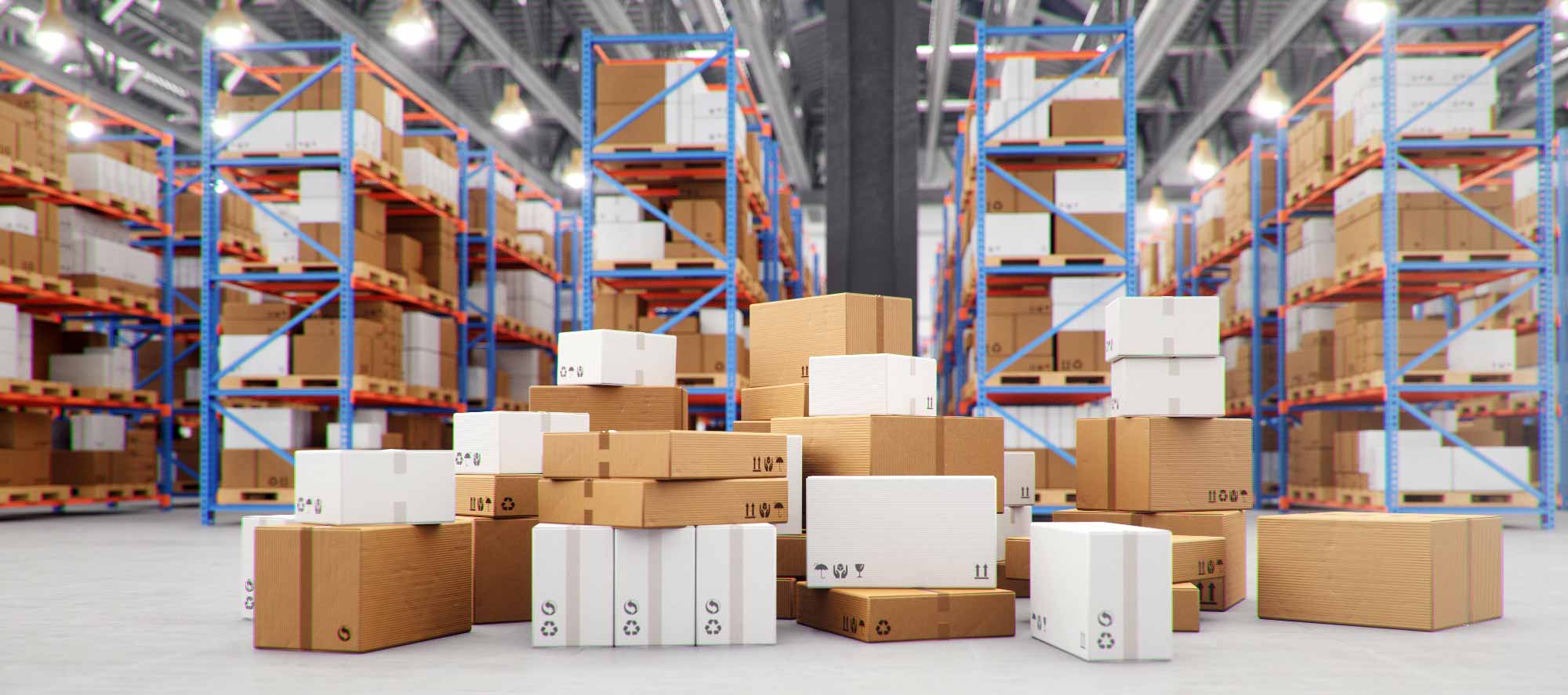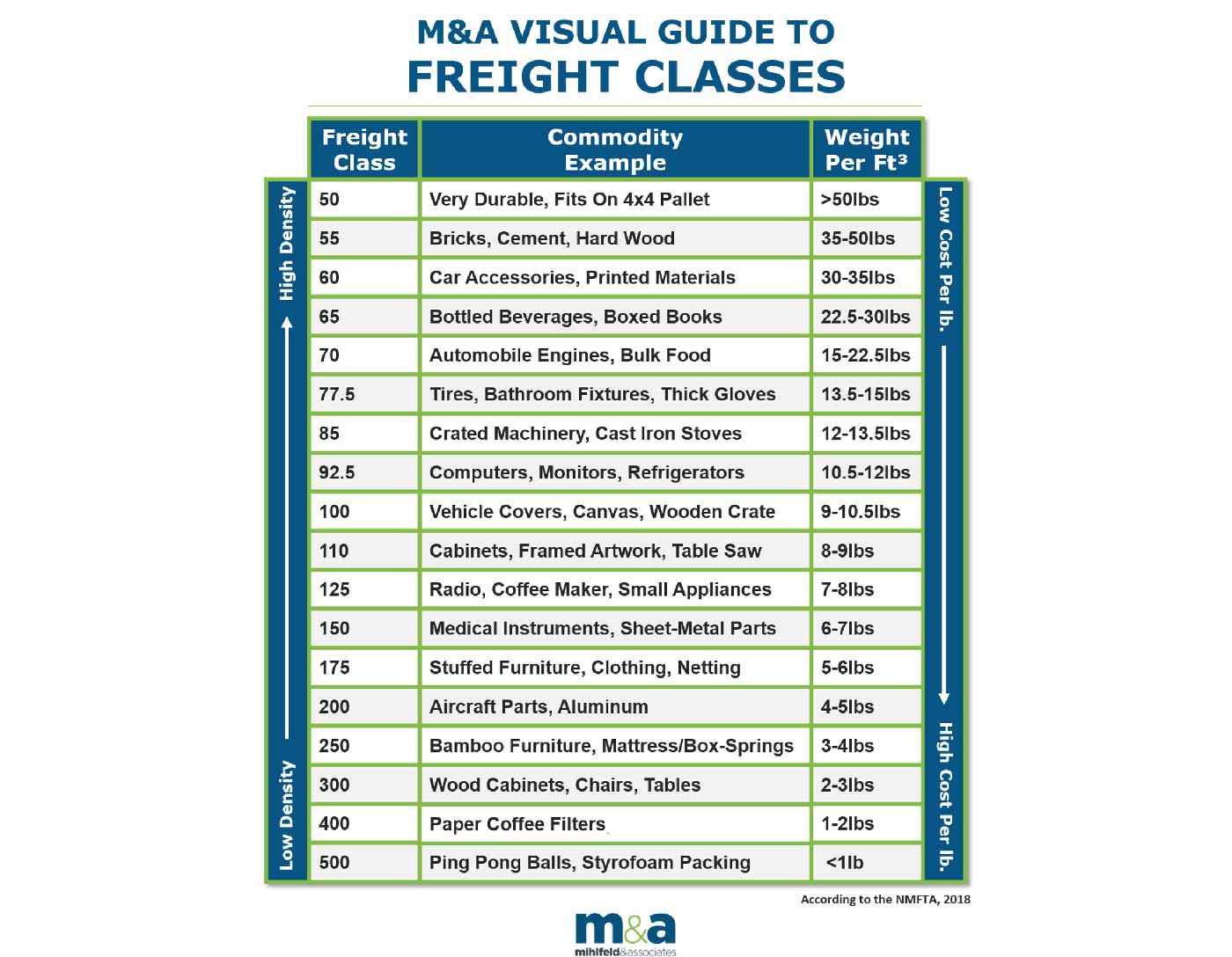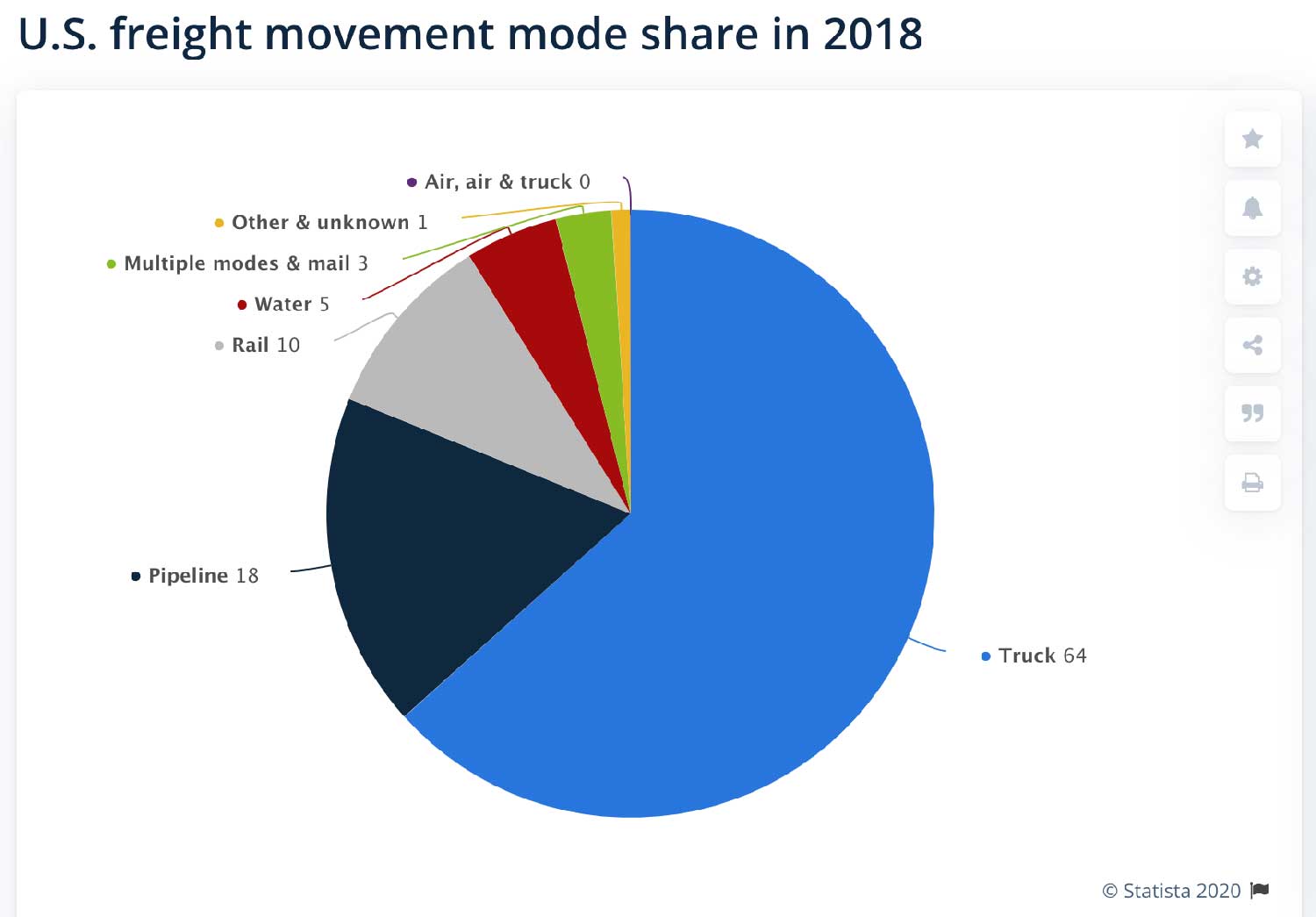The Cheapest Way to Ship Large Packages — Freight Shipping Explained
8 min read

Freight shipping, or transporting large packages, is much more complex than shipping small parcels. The density and dimensional weight of your package, along with the type of vehicle or craft you use to send your items will all affect your bottom line.
Luckily, software makes it easy to find the best shipping solution every time. In this article, we’ll break down the fundamentals of freight shipping and show you how to determine the cheapest way to ship large packages—whether you need to move goods overseas or locally.
Note: If you’re looking for a guide to shipping packages under 150 pounds, check out our shipping method quick guide.
Topics covered in this article:
- What Is Freight Shipping?
- How Is Freight Shipping Different from Parcel Shipping?
- How to Find the Cheapest Way to Ship Large Packages
- The Freight Transportation Option Some Businesses Forget
- The Perks of Self-Delivery With OptimoRoute
- The Advantages and Disadvantages of Each Freight Shipping Method
What Is Freight Shipping?
Freight shipping is the process of sending or couriering goods that are too large or heavy to be sent via traditional parcel post. The table below illustrates the general delineation between shipping categories.

It is important to note that the specific weight limits and size restrictions for each of the above shipping categories vary between couriers and shipping companies. If you’re shipping via UPS or FedEx, for instance, freight shipping is required for any items weighing more than 150 pounds or measuring longer than 108 inches on any one side. DHL has even stricter limitations and caps their international parcel shipping at just 44 pounds.
How Is Freight Shipping Different from Parcel Shipping?
Freight shipping works very differently from sending smaller parcels. If you’re new to shipping freight, here’s what you need to know:
Delivery times are estimates and are likely to change. Freight shippers provide an ETA (estimated time of arrival), but, unlike Priority Mail Express and other small-parcel shipping options, on-time delivery is rarely guaranteed. The nature of freight shipping (which we’ll explain in a bit) makes it extremely difficult to predict exactly when your shipment will arrive.
You’ll need to disclose exactly what you’re sending. Freight shipments typically travel with a bill of lading (BOL), which is essentially a cargo manifest that tells couriers what they’re moving. Shippers need to know what’s in your boxes (or on your pallet) in order to move your items safely. The BOL serves as a contract. If something gets damaged or lost during shipment, that document is what you’ll use to settle the dispute, so make sure you fill it out completely and accurately.
Density and durability matter. One of the biggest differences between parcel shipping and freight shipping is that the density of your items, not just the size and weight, affects your shipping rates. When you send a nonfreight parcel (assuming it doesn’t contain hazardous or prohibited materials), heavy items cost more to send than lighter ones. But with freight shipping, heavier doesn’t necessarily mean more expensive. Ping-Pong balls, for example, incur higher freight shipping costs than bricks because they are less dense, less durable, and therefore more likely to get damaged in transit.
How to calculate your freight class
The National Motor Freight Classification (NMFC) of your items is based on several factors:
- Dimensions and weight of your goods (this is used to determine density)
- Stowability of your items
- Specific handling requirements
- Risk involved with transporting your items (electronics, for instance, are higher risk because they’re more likely to draw the attention of thieves)
The best way to determine your freight class is to talk to your freight broker, but this freight class shipping calculator will give you a good idea of where your items may fall on the freight-class scale.

Keep in mind that if you’re shipping goods that are difficult to stow, require special care to move, or are high value (and thus at higher risk of theft), your freight class will likely be higher.
What’s the Cheapest Way to Ship Large Packages?
The best way to find the cheapest shipping rates for freight is to use a service such as Freightquote or Freightos. Business owners often work with a freight broker to quickly compare freight shipping costs from multiple couriers and find the best rates.

Pricing varies based on what you’re shipping, the shipping carrier (e.g. USPS vs UPS), how far it needs to go, and myriad other factors. So while it’s a safe bet that air shipping will be the most expensive, there are a few exceptions where this isn’t the case. Universal Cargo explained that “as a shipment gets smaller, the margin between the prices [of air and ocean shipping] gets smaller and sometimes air will even end up less expensive.” To make matters more complicated, shipping, fuel, and import/export surcharges aren’t static, either—they fluctuate.
Weather and world events (such as COVID-19) also impact shipping prices and turnaround times. The key isn’t in knowing which shipper is the cheapest (because the answer changes) but in being able to quickly and easily compare quotes. Many 3PLs and warehouses offer ecommerce businesses and other clients assistance with selecting affordable shipping options as well.
The Freight Transportation Options Some Businesses Forget
Don’t forget delivery. For your local customers, or for those within driving distance of your warehouse(s), you have two more options for transporting freight: couriers and self-delivery.
On-demand delivery services are a convenient and cost-effective option if you own a small business and don’t have the capital to invest in your own delivery van right away. You can use services such as Go Share to summon couriers and deliver pallet or less-than-truckload (LTL) deliveries quickly.
But often, the best option for local deliveries is to utilize your own team. The benefits of self-delivery are numerous, and you don’t necessarily have to hire a driver with a commercial license. Sprinter vans can hold 6,000 pounds of cargo after being outfitted with a pallet loader. And there’s a lot to be said for maintaining control of your customer experience, because as Brian Scudamore, CEO of O2E Brands wrote, “Outsiders will never have the same level of commitment to your vision [as you do].”
The Perks of Self-Delivery With OptimoRoute
At OptimoRoute, we help businesses conquer last mile delivery for all sizes, shapes, and types of cargo. Whether you need to move a pallet of bricks or a truckload of temperature-sensitive foods, you can use OptimoRoute to keep large package delivery in-house. Here are just a few of the things you can do with OptimoRoute:
- Automatically plan routes and schedule deliveries up to five weeks in advance
- Factor vehicle cargo capacity into planning to maximize efficiency of each vehicle
- Plan multiday long-haul delivery routes
- Monitor your field team in real time with live tracking
- Customize delivery windows
- Limit driver hours based on availability and overtime constraints
- And, most importantly, deliver a superior experience for your clients.
Real-time customer notifications keep your buyers in the know throughout the delivery process and have reduced incoming customer service calls for OptimoRoute users by almost three quarters (70%).
The Advantages and Disadvantages of Each Freight Shipping Method
Once you’ve determined your freight class, figured out your items’ density, and filled out your bill of lading, there are four ways to transport your freight.
1. Ground shipping
Ground shipping, or moving freight in a tractor trailer, is the most popular way to ship large boxes domestically (e.g. UPS ground or FedEx ground). In the United States, more than half of freight is moved via truck.

Pros: Ground shipping offers more flexibility than other modes of transportation. Trucks can go anywhere there’s a road, so drop-off points aren’t limited to train stations, ports, or airports—an important factor for businesses that don’t have a way to unload cargo from a ship or plane and then safely bring it to their store or warehouse.
Cons: The downside to using trucks to ship packages is that it can take a lot longer than other methods, and it poses more of a security risk. If you’re looking to get an oversized package delivered in the fewest business days possible (e.g. next day shipping) then ground isn’t the way to go. Trucks often make multiple stops along a route (especially if your shipment takes up less than a truckload), which means more opportunities for something to get broken or stolen. Trucks can also get flat tires, get held up in traffic, and get delayed for myriad other reasons.
2. Ocean shipping
While ground shipping reigns supreme for freight transportation within the United States, ocean shipping is the most popular freight transport method globally. The Maritime Executive reported that 70% of global freight is transported on ships.
Pros: Ocean freight’s popularity is primarily due to the fact that 71% of the earth’s surface is covered in water. Because of that, ground and rail shipping simply aren’t an option for most international shipping options—which leaves boats and planes. And ocean shipping is significantly cheaper than air freight. Sending cargo via airplane can cost five times as much as sending it via cargo ship.
Cons: The downside to ocean shipping is that it’s slow. It takes approximately fifteen days for a cargo ship to travel from Hong Kong to Los Angeles, whereas an airplane can make the same trip in less than fifteen hours. Ocean shipping is also fraught with security concerns. Rough seas can cause damage to cargo, fires are surprisingly common on cargo ships, and although piracy has declined over the last decade, it is still a concern for maritime shipping.
3. Rail shipping
Rail shipping, or transporting cargo via train, is most commonly used for bulk items, such as lumber, paper, grain, and raw ore.
Pros: If you need to ship heavy items in large quantities (more than a full truckload) via land, rail shipping will almost always be your best option. Railcars can hold four times as much cargo as a standard tractor trailer, and the cost to ship bulk goods is significantly cheaper.
Cons: The biggest drawback to rail shipping is the physical travel limitations. Trains can only go where rails exist, so they can’t typically take cargo all the way to its final destination. For this reason, many freight shipments rely on an intermodal combination of rail and ground shipping.
4. Air shipping
If you need your cargo sent quickly, you’ll want to send it on an airplane. But it’s going to cost you.
Pros: The clear advantage to air shipping is the speed. If we refer back to the turnaround time comparison from ocean shipping, sending cargo via airplane is twenty-four times faster. Compared to any of the other freight shipping methods, air shipping is lightning fast.
Cons: Unfortunately, speed almost always comes at a steep price. According to Freightos, to send “a medium size 2000 lbs box from Shenzhen, China to New York, USA, can cost $1,200 by ocean but a whopping $4,000 by air.”
Deliver Heavy Packages Using OptimoRoute at No Cost for 30 Days
Want to take a trial run of in-house delivery at no risk? Activate your free 30-day free trial of OptimoRoute (no credit card required). Our support team will be happy to answer any questions, assist with setup, or walk you through our many advanced features.
Try OptimoRoute™ for Free
No installation or credit card required


